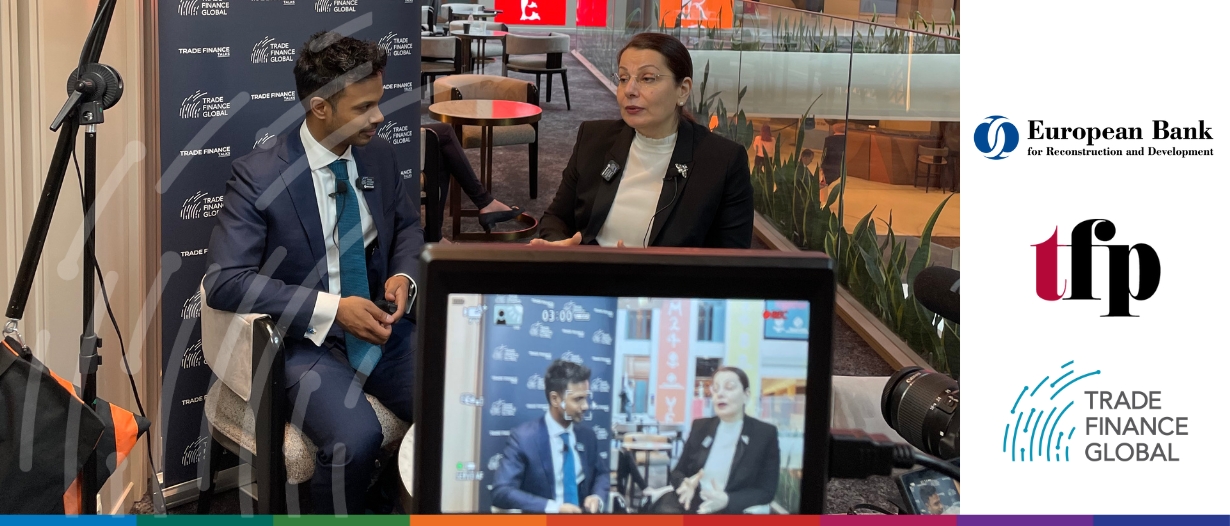Armenia has partnered with the UN to achieve the UN Sustainable Development Goals (SDG) by 2030, in line with Armenian national policy.
At the 2024 33rd European Bank for Reconstruction and Development (EBRD) Annual Meeting and Business Forum in Yerevan, Armenia, Trade Finance Global (TFG) spoke with Hasmik Ghahramanyan, a board member of the Central Bank of Armenia, to discuss Armenia’s policies and actions to achieve the SDGs.
Ghahramanyan has been with the central bank for over 25 years, dealing initially with monetary policy issues but soon taking on a broader range of responsibilities, including regulation design.
Risk management in regulation design
Risk management, particularly when it comes to environmental, social, and governance issues, is key to ensuring financial stability and economic growth.
The Central Bank of Armenia has mapped the risks across all Armenian regions and sectors, determining whether they are chronic or acute and transitory or physical.
Ghahramanyan said: “We provide the banks with this information so that they can identify and assess the risks in their portfolios.
It is not just relationships within the Armenian banking market that help advance the nation’s green sector; international partnerships also play a huge role.
The Armenian Central Bank has launched a program with the EBRD—a development bank that finances projects in various sectors throughout the Mediterranean, Central and Eastern Europe, and Central Asia—to develop capacity building across the green economy.
Ghahramanyan said, “It’s a very targeted program for regulators and commercial banks, and it is a phased program, which means we are identifying the gaps and trying to close them.”
They do this by soliciting feedback from the market to determine the best ways to maximise the program’s effectiveness for all parties involved.
Sustainable finance in Armenia
Despite the progress and programs in place, advancing sustainable finance brings several challenges.
Ghahramanyan said: “The biggest challenge for promoting green finance in Armenia this year has been building knowledge and awareness.”
The Armenian central bank has adopted the sustainable finance roadmap, but initially, not all financial market participants feel that this should fall under the central bank’s mandate.
However, over time, market leaders have come to agree that climate risks create a financial stability risk and should indeed fall under the central bank’s financial stability mandate.
With this framework in place, the central bank is a mechanism for promoting and sustaining sustainable finance by cooperating with financial market participants.
Armenia’s collaboration with both local and international partners underscores its commitment to achieving the UN Sustainable Development Goals by 2030.
As the nation continues to build capacity and awareness around sustainable finance, the Central Bank of Armenia remains pivotal in ensuring that these efforts translate into long-term economic and environmental stability.























